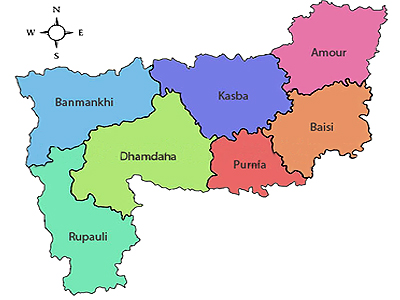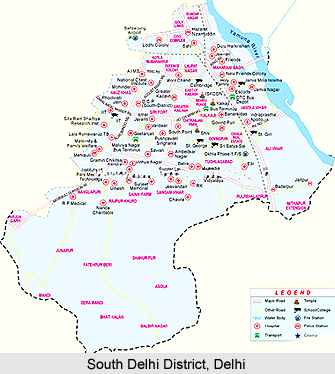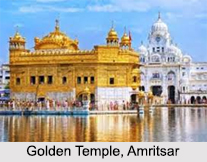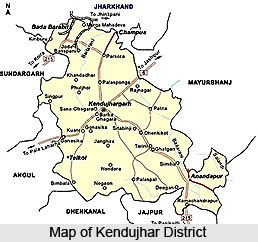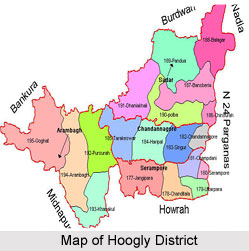Vinayakapala Dramma is considered to be those coins that are credited to the later Gurjara-Pratihara ruler Vinayakapala (AD 913-33). The latest and most degraded in fabric of the Adivardha-type coins have the legend Vinayakapala deva. It has been done on the basis of continuity of type and hoards association. The mean weight of 95 specimens is 3.78 g. The Vinayaka coins assayed before AD 1318 contained around 0.88 g of silver per coin. This is lower still than the earlier coins in the series, and indicates an intentional process of devaluation of the dramma billon coinage under the Gurjara-Pratihara regime governing most of North India.
The secular trend for weight of the Gurjara coinage was stable, fixed at about 3.78-3.81 g from surviving specimens, although the original standard could have been as high as 3.9 or 4 g. The secular trend for silver content saw a diminution of 52 per cent during the approximately two centuries of issue. Had there been quantum drops in silver content with the introduction of new types, then the coins could have been sorted for value by eye, each type being distinctive in appearance. However, according to the findings of some scholars there was stability in the precious metal content of the dramma coinage, with the decline not commencing until the middle period, and a continuing progressive debasement thereafter. The Vigrahapala Dramma had a relative silver content of 48.16 per cent, with only 1.1 per cent standard deviation in the 18 coins tested. The Adivardha Dramma had values ranging from 46.98 to 27.72 per cent silver, with fairly even distribution between these extremes.
Some scholars determine the coins of Pratihara dynasty by number and not by weight. During the Pratihara Empire, the phenomenon of coinage debasement probably have made the circulation of money a complex process involving testing and haggling over value. This in turn would have created opportunity for a class of professional money-changers to insinuate themselves into the everyday exchange process. That the different types of Gurjara billon coins were not separate denominations in an integrated system of fiduciary or token coinage, is clear from hoard association of all three types of coin. Treasure trove collects from the state of Uttar Pradesh show in at least twenty-three instances, the coexistence of several fabrics of both Vigraha and Adivardha Dramma in intact hoards.


